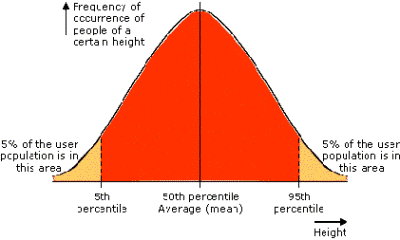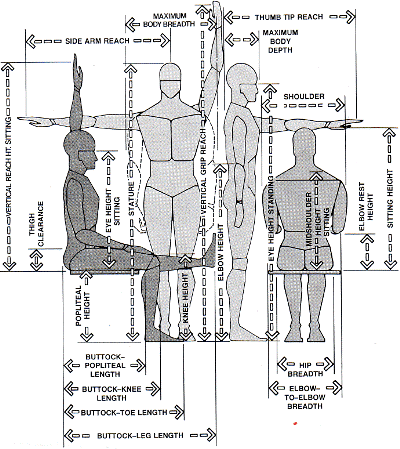Probably the most interesting subject I did at school was Design Technology. Not actually making stuff, although I kind of enjoyed that (and still do in fact) but design theory - history of the teapot type stuff.
It was partly due to my teacher I guess, who as you can see here scored an excellent five out of five on RateMyTeachers.com. He was an odd man, the sort of person who would be described anachronistically as a confirmed bachelor. Anyway, I quite liked his quiet manner, his obsession with neatness, his carefully ordered stationery cupboard. One thing about him I had completely forgotten about until I typed that last sentence was when we did technical drawing, we used these trays which had all the equipment we needed - set squares, protractors, rulers, differently graded pencils etc etc etc. At the end of each class, he insisted every put the equipment back in the trays in exactly the same way, the ruler had to go on one particular side, the set square on the other, the eraser in one corner. "I want it A1 tidy" he'd say, which I don't even think is a proper phrase, but he'd say it anyway.
Anyway, one thing which I particularly found interesting was ergonomics. Visual displays, information design, anthropometry, motion studies. I liked learning about the 5th and 95th percentiles:

First, notice that the graph is symmetrical – so that 50% of people are of average height or taller, and 50% are of average height or smaller. The graph tails off to either end, because fewer people are extremely tall or very short. To the left of the average, there is a point known as the 5th percentile, because 5% of the people (or 1 person in 20) is shorter than this particular height. The same distance to the right is a point known as the 95th percentile, where only 1 person in 20 is taller than this height.There's something kind of comforting about the idea that there's a whole industry dedicated to making sure that most of the time, most people find things easy to use, comfortable to use. It's like someone's taking care of us. And they're doing it with some numbers and a graph.
Usually, you will find that if you pick the right percentile, 95% of people will be able to use your design. For instance, if you were choosing a door height, you would choose the dimension of people's height (often called 'stature' in anthropometry tables) and pick the 95th percentile value – in other words, you would design for the taller people. You wouldn't need to worry about the average height people, or the 5th percentile ones – they would be able to fit through the door anyway.
I think I also like ergonomics because it's one of those crossroad areas of study. It's a bit of maths, a bit of physiology, a bit of psychology, a bit of engineering, a bit of sociology. Also, it's quite boring, which appeals to me. Plus, of course, images like this are clearly just fantastic:

Brilliant.
I'd quite like to go to this:
Must have been Designed by a Man!Although, well, it would probably be a bit weird if I went. It would be loads of ergonomics professionals and maybe a few students or whatever and maybe some engineers and designers, people like that. And me.
21 April 2009, London
A 'breakfast meeting' will be hosted by CCD Design & Ergonomics Ltd. The theme will be "Everyday items exhibiting 'good' and 'bad' ergonomics". Presentations will be centred on familiar and unknown examples of everyday objects and their ergonomic qualities. We hope to answer questions such as: 'how well have these items succeeded in the market place?' and 'has ergonomics affected this success or failure?'
No comments:
Post a Comment